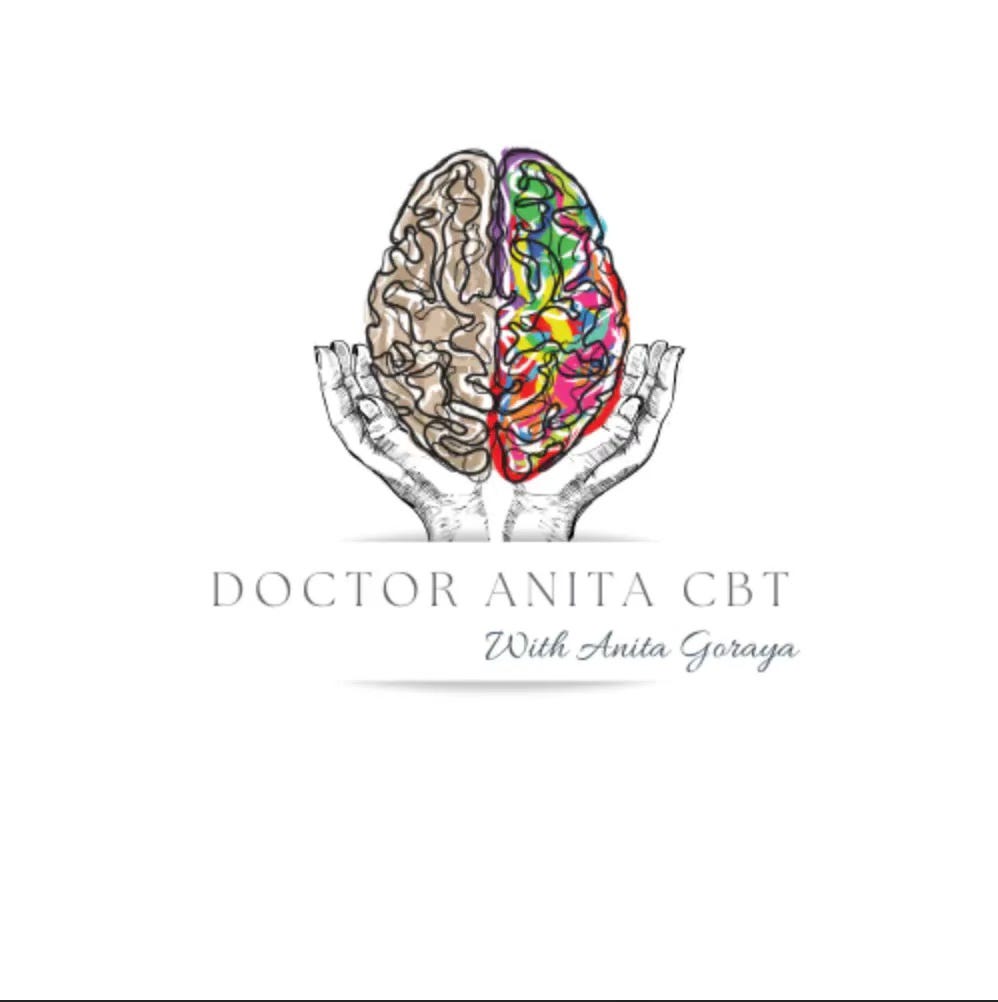Hi, I’m Anita, a CBT therapist and fellow ADHDer.
In these posts, my mission is to equip you with resources to live well with your ADHD, because everyone has the birthright to a fulfilling and rewarding life.
Through both personal and professional experience, I have discovered that focusing on three key CBT pillars can create significant positive changes in wellbeing for everyone. These pillars provide the foundation for my CBT work with all clients.
Returning our attention repeatedly to these CBT pillars particularly helps my ADHD clients, who may be prone to overwhelm when taking in new information. In other words, the simplicity of the three pillars makes this model a great place to start.
Image by CrimsonBrainstorm from Pixabay
The Three CBT Pillars of ADHD Wellness and Wisdom
1. Understanding Your Brain and Mind
2. Managing Your Emotions
3. Implementing Skilful Behaviours
In this post, I’ll walk you through them each of these pillars, and how they all intersect.
Pillar 1: Understanding Your Brain and Mind
The brain is a component of human hardware. Your brain is an organ, designed to carry out its many and varied tasks, just as your heart is a pump designed to push blood around your body. Continuing the metaphor, your mind is the brain’s software, running a myriad of programmes often automatically and below awareness. In coming to understand yourself, it’s important to learn why all brains are designed to function the way they do and how your mind came to run your unique and specific programmes.
My blogs will help you to understand both the brain and your mind, and guide you through opportunities to try out new skills and embed them into healthy habits.
Your mind's workings today started being shaped from your earliest days, before your birth, by your genetic inheritance and prenatal environment. Throughout your childhood and adult life, your exposure to personal and sociocultural adversities and influences have continually shaped your psychological, emotional, intellectual and physical development. Many of these factors were beyond your control. And especially as a child, you simply did not have the resources to question your experiences and the meanings you drew from them about yourself and others - you just had to accept those meanings, as ‘facts’. Yet now, today, in this moment, you may have glimpses that those ‘facts’ are not ‘the truth’ - they are ‘meanings that I have made, given the experiences I have had’. Now, today, the programmes that run habitually in your mind can be examined to see if they are still fit for the purpose of generating wellbeing and if they aren’t, they can be skilfully repaired or replaced.
Picture your mind as a garden, influenced by those past experiences and environments. While you didn't choose the soil and climate, tending to the garden is now your responsibility. Tending to your mind entails exploring and questioning it, tenderly, compassionately and with skill. Like gardens, brains and minds respond to consistent and kind care, and they possess the capacity for lifelong growth and reshaping - they are not fixed and unchangeable.
Photo by Filip Urban on Unsplash
Pillar 2: Managing Your Emotions
Self-understanding fosters compassion and loving-kindness toward ourselves, acknowledging that “we all just find ourselves here, just as we are”, to paraphrase Paul Gilbert, co-author of Mindful Compassion and the guru of Compassion Focused Therapy. The second pillar applies this understanding and compassion to our emotions.
Emotions like fear and desire are innate; humans have been responding emotionally to their environments long before we developed higher cognitive functions such as language and rational thought.
Emotions are messengers—they exist to protect and guide us, signalling that something has arisen which past experiences have conditioned us to react to in certain ways. Ignoring emotions doesn't make them disappear; they persist, seeking our attention to deliver their message.
The second pillar involves learning to recognise and name our emotions, allowing them to deliver their message and then move through us. Instead of evaluating, judging, avoiding, clinging to or fuelling our emotions, we can simply observe and describe them. This practice of mindfulness helps us attend to our emotions without judgment, enabling them to discharge and pass through.
Think of your emotions as waves in the ocean. Rather than battling the waves, we can ride them mindfully, allowing them to complete their journey and calm the waters.
Pillar 3: Implementing Skilful Behaviours
Once the emotional wave has passed or diminished, we can objectively assess the situation that triggered it. Viewing the situation from a detached perspective, as if from a helicopter rather than being mired in the details, allows us to see new possibilities. By observing and describing the facts without immediate judgment, we can generate alternative perspectives about the situation. This insight can guide us toward taking actions that differ from our habitual responses.
This is the third pillar: implementing skilful behaviours. I define skilful behaviours as ones which lead you towards increased ease and wellbeing whilst affirming your authentic neurodiverse self. Skilful behaviours don’t aim to mask or camouflage your ADHD symptoms - they help you to unlearn unhealthy behaviours that hamper your wellbeing, they enlarge your range of helpful responses to people and situations and they help you to profoundly and compassionately accept yourself, as you are.
Imagine yourself as a scientist in your own life, experimenting with new behaviours to observe the outcomes. Can you tolerate the discomfort of trying something new? Does this new behaviour lead to a better, neutral, or adverse outcome? Does it align with the goals you have set for yourself, in line with your values? Like any experiment, it's about trial and adjustment, learning what works for you, and practicing new skills until they become second nature.
Photo by RF._.studio on pexels.com
By understanding your brain, managing your emotions, and implementing skilful behaviours, you can make significant strides toward living a life that aligns with your strengths and aspirations.
I’ll be exploring and expanding on these pillars more throughout my blog posts here on Substack. Join me!
You can Subscribe below and get all of my future posts sent directly to your inbox.












